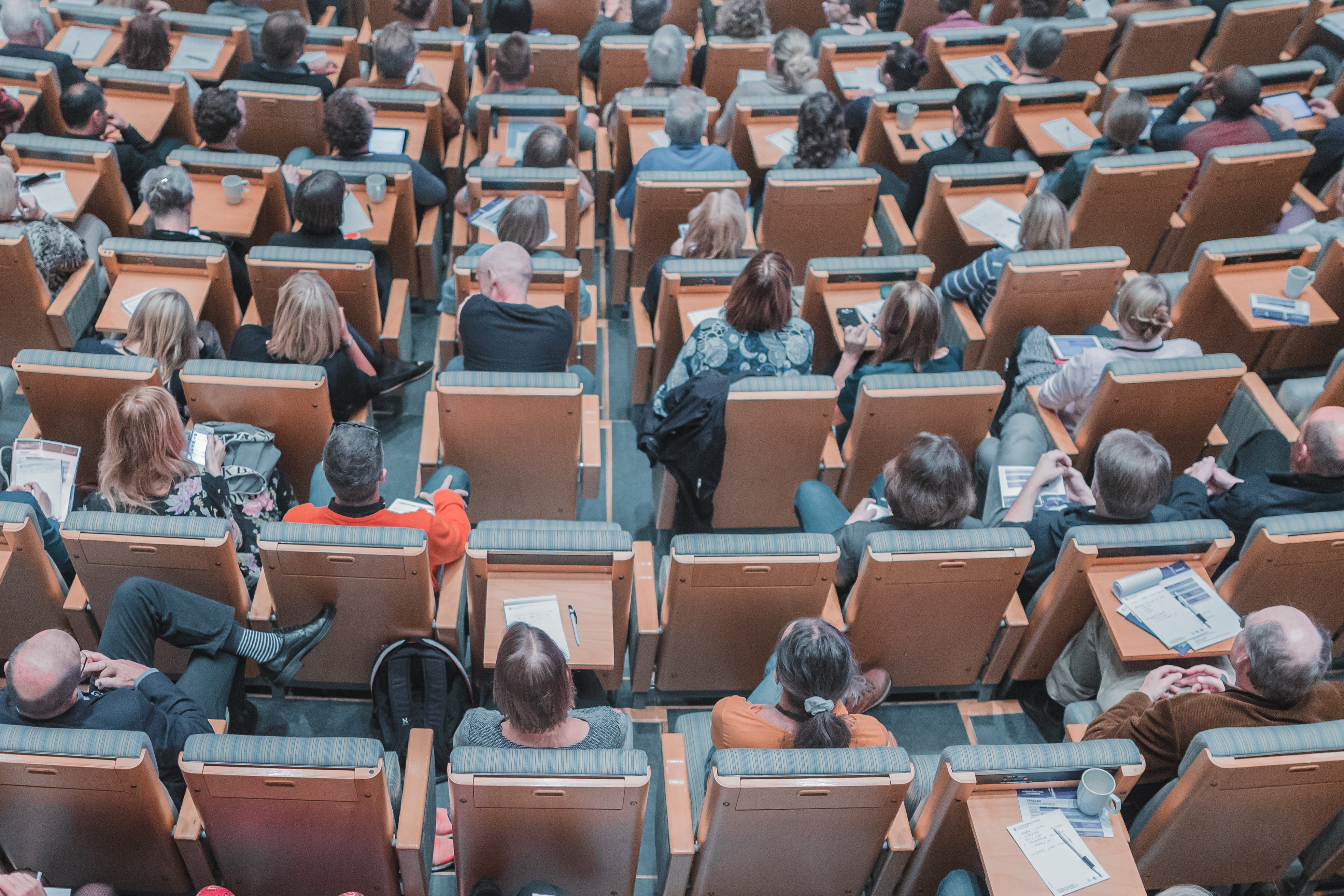Topics in the Literature of American Cultures
Born in the USA: American Poets and Poetry

From Virgil’s epic of state-building to Petrarch’s coronation as poet laureate of Italy in the fourteenth century or Langston Hughes’ poem “Let America Be America Again,” writers have always reflected upon, critiqued, and embodied national identities in poetry. Think of how much the Aeneidexemplifies Rome and her history, or Walt Whitman’s exuberant “Leaves of Grass” defines the expansive American landscape and spirit. In this course, we will explore how (North) Americans – natives, settlers, slaves, and immigrants – have crafted American identities in poetry and imagined America as land, birthright, culture, and nation.
By the seventeenth century when the first European settlers came to America, Europe had an infrastructure for the production and circulation of poetry. Court and patronage culture provided financing and context, publishers produced texts swiftly with the printing press, and reading communities of scholars, churchmen, aristocrats, and merchants were well established. This would not be true of America for many years – centuries even – and this course will begin by exploring the sorts of unconventional – and often oral – verse that was produced in America in the colonial and Revolutionary period. We will approach these forms and their authors by way of the spaces that produced them: the church, the field, the schoolroom, the prison, the house, the battlefield. Thinking in terms of space rather than genre or poetic form will allow us to integrate and compare different populations of Americans in a way that bisects racial, economic, and gendered groups; the ethnic groups upon which we will focus – Native Americans, European settlers, and African-Americans – can also be thought of in terms of cross-racial and trans-historical groupings – prisoners, students, workers, worshippers.
Thus, the first half of this course construes American “poetry” broadly, as oral and written texts with lyric qualities – rhyme, meter, song. By the nineteenth century, however, poets began to emerge. The second half of the course, covering the nineteenth and twentieth centuries, addresses two figures and one movement that defined American poetry: Emily Dickinson, Walt Whitman, and the Harlem Renaissance (with a particular focus on Gwendolyn Bennett, Langston Hughes, and Claude McKay). These poets developed singularly American voices by thematizing American spaces – the open land, the city, the garret. Finally, the course will draw to a close by studying the Bay Area’s rich poetic history: San Francisco poetry, the California small press movement, and the great poets currently teaching at Berkeley. Thinking about local poetry will further deepen students’ appreciation for the bonds between local spaces and identities, and poetry. We explore the spaces of the bookstore (City Lights), the press-room, and the library (the Bancroft).
The course does not presume to provide a complete survey of American poetry. Instead, students will gain expertise in three different areas. First, the mechanics of literary form and how to read and analyze both metrical and free verse. Secondly, knowledge of several crucial figures, poetic forms, and poetic movements: for example, Anne Bradstreet, the spiritual, Emily Dickinson, Walt Whitman, the blues, the Harlem Renaissance, California poetry. Finally, students will explore in depth the relationship between poetry and nation, and how poetic texts have produced a wide range of American identities. Through these diverse moments, and with the help of critical texts and supplementary sources in prose, images, and music – journals, captivity narratives, sermons, songs, paintings, newspaper articles – we will interrogate the ways poets have cobbled together an American identity from disparate sources and in wildly varied voices.